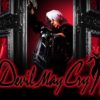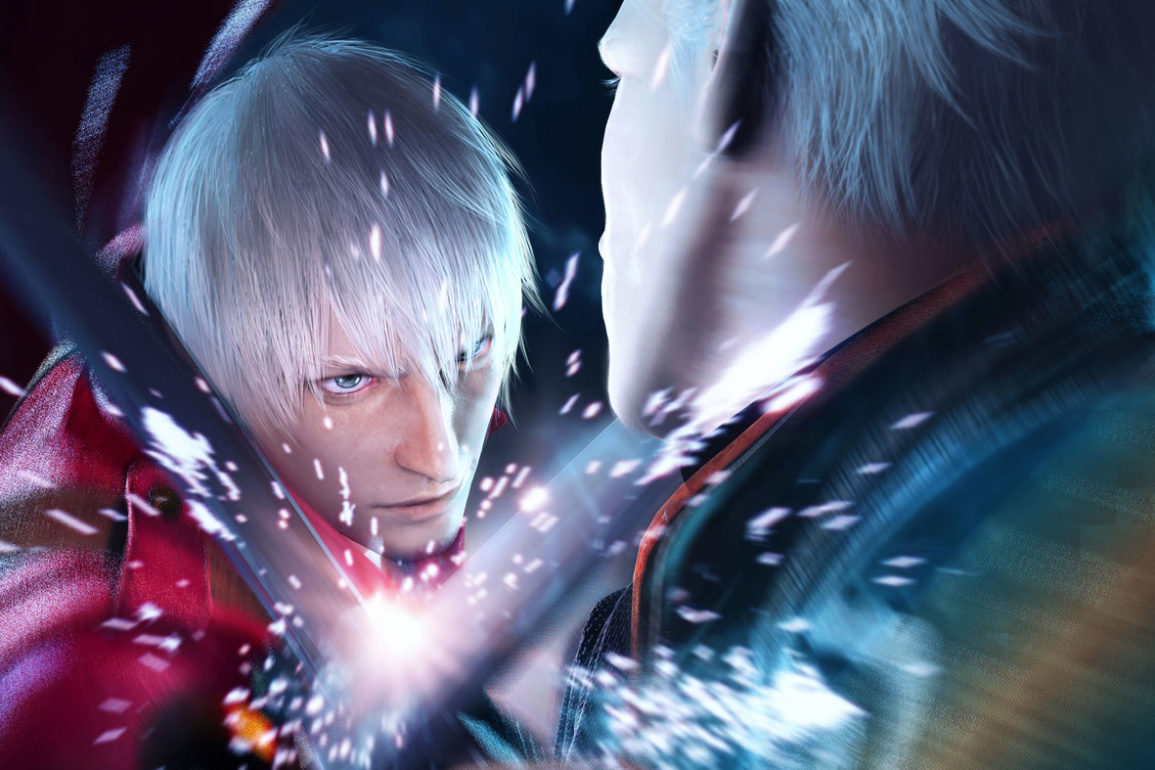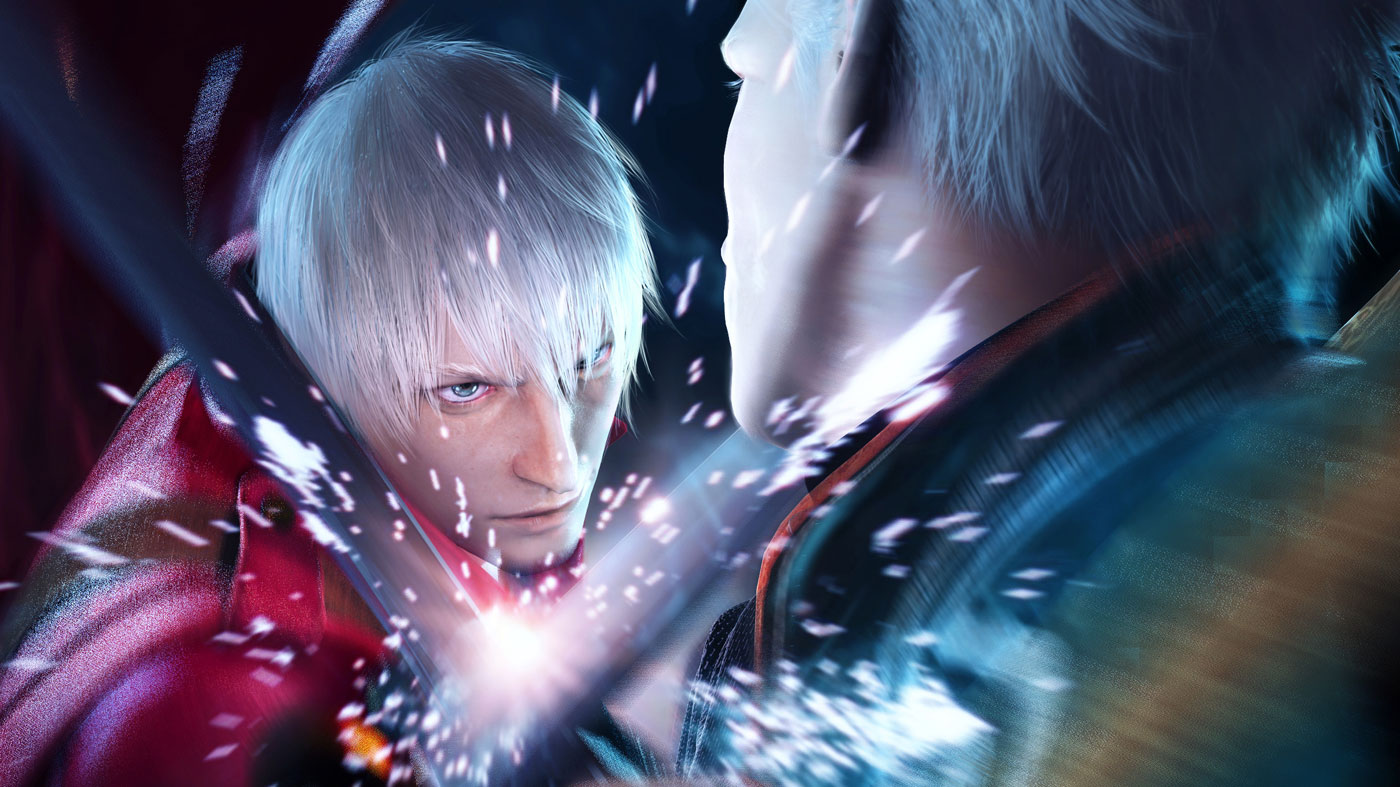I reckon I’ve played the Devil May Cry games at least five times each. Apart from 2, obviously. But one thing has always struck me about Devil May Cry 3, which up until last year was the best in the series. No matter when I returned to it, it still played immaculately. Having seen ports for the current and last generation consoles from its original PS2 release, Devil May Cry 3 Special Edition now has its chance to shine on the Switch. And it’s the best port yet.
The story remains the same. Taking place before the other games, you play as a younger Dante after being invited by a mysterious man to climb a demonic tower that’s just sprouted in the middle of the city. Knowing it’s a challenge, and perhaps even a trap, the ever-so-cocky Dante sets off on an adventure to discover what’s at the top of the tower and add many more demons to his belt. It’s a simple story with some great moments between Dante and the supporting cast, especially if you’ve been following the other games thus far. Melodramatic? Maybe. But you wouldn’t have Devil May Cry any other way.
At first glance, not a lot has changed here, the game still plays as well as you remember. A testament to its quality and timelessness. For those who’ve never indulged, Devil May Cry 3 is an action game in which you play as Dante and use his various weapons to defeat hordes of demonic enemies. The catch with Devil May Cry, like Bayonetta, is that you’re rewarded for banishing your enemies stylishly. Spamming your same combo, while doable, won’t get you the best rank and diminish your rewards at the end of each level. It’s a fun system that forces you to play outside of your comfort zone, and one that I absolutely adore in action games.
When it first released, Devil May Cry 3 changes things up with the “Style” system, a system with a dedicated button on the controller that allowed Dante to do different things. Swordmaster, as an example, granted Dante extra moves with his melee weaponry. Gunslinger did the same but for his projectile weapons, while Royal Guard and Trickster gave Dante more defense and mobility options respectively. Mixing up which Style you take into a mission could mean the difference between life and death in Devil May Cry 3. You’d often have to deliberate or even engage in some trial and error to work out which style works best for each mission. Until now.
For the first time since the game released fifteen years ago, the Switch release of Devil May Cry 3 offers a separate mode called Free-Style. When playing in Free-Style, all of Dante’s styles and weapons are available to him on-the-fly rather than having to select one before going into a mission. This is an absolute game-changer – opening up the game’s already robust combo and combat system to absolutely endless possibilities.
While I thought the very notion of having so many tools at your disposal at any given time would break the game, I was wrong. Devil May Cry 3 still feels as challenging as you might remember, though other difficulty options help mitigate the challenge a bit for anyone struggling. Call me crazy, but I feel like playing in Free-Style mode might have even changed the difficulty to be more difficult, but this may be a weird placebo effect at play here.
Devil May Cry 3 is a meaty game, regardless of how challenging you find it. Most players can expect to clear the story in about twelve or so hours, but to do absolutely everything the game has to offer (or even to get the top ranks in each stage) can easily take you past the thirty-hour mark. The Switch version of the game comes with all the bells and whistles of the Special Edition too – an optional checkpoint system, a second playable character with his own unique moveset as well as numerous difficulty options and costumes. It feels more than substantial, and when combining with the portability and flexibility of the Switch version, this feels like the best if not the only way to play Devil May Cry 3.
You can even play Bloody Palace, the wave-based survival mode, two players locally now. It’s an absolutely awesome feature, one that I only dreamed of fifteen years ago, but I can’t help but feel it would’ve been better if we could’ve taken that functionality through to the main campaign. An unreasonable expectation from me? Probably. But the fact this mode has even been added to a game that’s fifteen years old is to be commended.
It’s not without its faults, however. While the original Devil May Cry enjoyed some minor improvements on the Switch when compared to the Xbox and Playstation ports (cleaner menus, a crisper font), there doesn’t seem to be much more improvement with 3. Cutscenes are notably low resolution and compressed, with some menu screens still being presented in their original standard aspect ratio rather than widescreen. Thankfully, when you look past that though, the game is crisper and brighter than ever, almost indistinguishable from the ports on more powerful consoles.
THE NINTENDO SWITCH VERSION OF THIS GAME WAS PLAYED FOR THE PURPOSE OF THIS REVIEW. DIGITAL REVIEW CODE WAS PROVIDED BY THE PUBLISHER.









